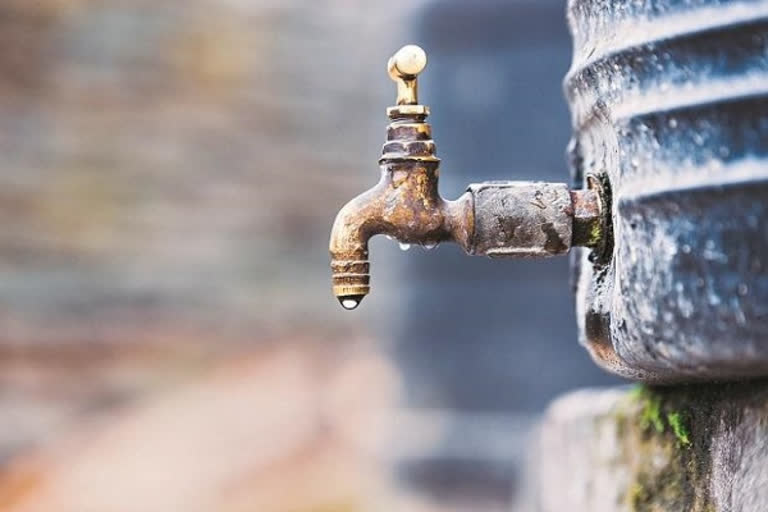Hyderabad: Seven decades of Independent India has seen the construction of water dams, reservoirs and barrages. But even today, 85 percent of the country’s population depends on groundwater for drinking purpose. Farmers too use groundwater for irrigation. Despite being a significant source, groundwater is the most contaminated and exploited resource in our country.
India catches only 8 percent of its annual rainfall due to poor rainwater harvesting. As a result, underground water levels are not being replenished, leading to a severe water crisis in many parts of the country. India’s per capita water availability is estimated to decline by 25 percent in 2025, and touch a dangerous low by 2035.
Ministry of Jal Shakti rightly assessed the situation and developed a framework to optimize water use. The Ministry asked urban and rural local bodies, corporations and water boards to take part in this water conservation mission and proposed levying fines for water wastage. The Union Water Resources Ministry came out with new draft rules for the regulation of groundwater resources in October 2017. In August 2019, the Jal Shakti Abhiyan has initiated water conservation measures in 256 districts. Before the situation becomes too critical, the Center must ensure effective implementation of these conservation efforts.
Environmentalist and “Waterman of India” Rajendra Singh said that 72 percent of the country’s groundwater resources are depleted beyond repair. A NASA study revealed that India, over the years, lost as much as ten feet of groundwater, equivalent to the water needed to fill Lake Mead, the largest man-made reservoir in the US.
The Mihir Shah committee reported that indiscriminate and deep drilling of borewells has led to drought-like conditions in several parts of the country. The Madras High Court in March suggested that the state authorities levy appropriate charges on private drinking water bottling units.
While the UK, Australia, Singapore and South Africa are conserving every drop of rainfall, we are still waiting for courts to enlighten us about the importance of water resources.
Also read: India will double Gross Enrolment Ratio in 10 yrs: Prakash Javadekar
90 percent of rainwater here flows into the sea even though lakhs of people have little to no safe drinking water for months at a stretch. But all is not lost. Take Telangana for example, which implemented Mission Bhagiratha safe drinking water project for villages and city households. The state government replenished all major water bodies and reservoirs resulting in an abundant water supply throughout the year. Other states must emulate the effort.
Restoring water resources will ensure better crop yield. Traditional crops like paddy and sugarcane suck up a lot of water. Agricultural scientists and universities could suggest less water-intensive crops.
Citizens must do their part for water preservation. Governments should introduce lessons about water in the students’ curriculum. The Center must make water conservation a national strategy to avert the impending crisis.



